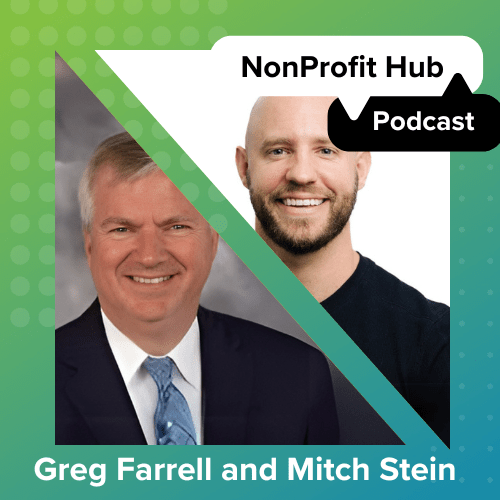It’s hard to ramp up the good work you do if you don’t know how to concretely define, measure and communicate your impact to supporters. It’s important to learn how to share your efforts with the world, and even more important that you know just how big of an impact you’re making on the issue you’re trying to solve.
Defining impact
“Impact,” by definition, is the action of one object coming forcibly into contact with another. And while this definition may make you think of car accidents or meteors, that’s exactly what your organization is doing—you’re coming into contact with the people who need it most with a force for good.
Impact can also mean “to have a strong effect on someone or something.” You’re constantly bettering the lives of those you interact with as you work to achieve your mission, which leaves a lasting, positive effect on their lives. When we keep in mind the true meaning of the impact, in all its forms, it helps us discover what’s important when measuring it.
Measuring impact
Gathering data and stories of your impact is crucial. You can use those figures to market and communicate with donors, foundations, other nonprofits and the rest of the community. What’s tricky is that the figures can be abstract. How can you objectively measure a growth in self-esteem or an increase in overall well-being? You must instead make sure your goals are S.M.A.R.T (Specific, Measurable, Achievable, Relevant and Time-Bound.)
The National Council of Nonprofits suggests five steps that make up what it calls “outcomes measurement” or “performance management”:
1. Identify what success looks like to you
Review your mission and end goal in detail. What exactly are you trying to achieve? What societal need made you passionate enough to start an organization?
2. Make a plan to achieve that success
How will you carry out your mission? Identify who you’ll be helping, how you’ll reach out to them and any obstacles that might pop up along the way.
3. Collect information as you go to evaluate performance
Once you have your “S.M.A.R.T” goals, measure them! The National Nonprofit Council has tons of resources to help you keep track of your data, many of which are specific to your mission. For example, if your nonprofit targets homelessness, your goal could be to get X amount of people off the streets by the end of the year. To assess this, plug your numbers into spreadsheets monthly to keep track of progress—but don’t stop there. You should also be collecting moving stories from the people you’ve helped. This combination of concrete, measurable statistics and heartwarming testimonials will appeal to both your supporters’ logical and emotional sides.
Also, don’t forget to evaluate your performance through the occasional feedback survey. Seeking suggestions from the community is a great way to find out what is and isn’t working for your organization.
4. Communicate what you’re learning
Speaking of appealing to supporters: you can throw hard facts and figures at them all you want, but it won’t be compelling enough to make them passionate advocates for your cause. On the other hand, even if a story is incredibly touching, people will be unlikely to pull out their wallets unless there are stats to back it all up. Use these two forces to your advantage by combining them in your communication—it’s easy. If you’re showing your potential donors a PowerPoint, for example, play a meaningful video on one slide and follow it up with statistics on the next. This balance will show the community your impact quantitatively and qualitatively, which will lead to a better understanding of your mission.
5. Use lessons learned to continuously improve performance
Evaluating your performance is never-ending. As long as your organization runs, you’ll have to continue tracking your progress because comparing your success from year to year is an invaluable way to show your community how far you’ve come. Measuring how your nonprofit has changed over time will help you gain support, stay organized and calculate the true impact of your work.






